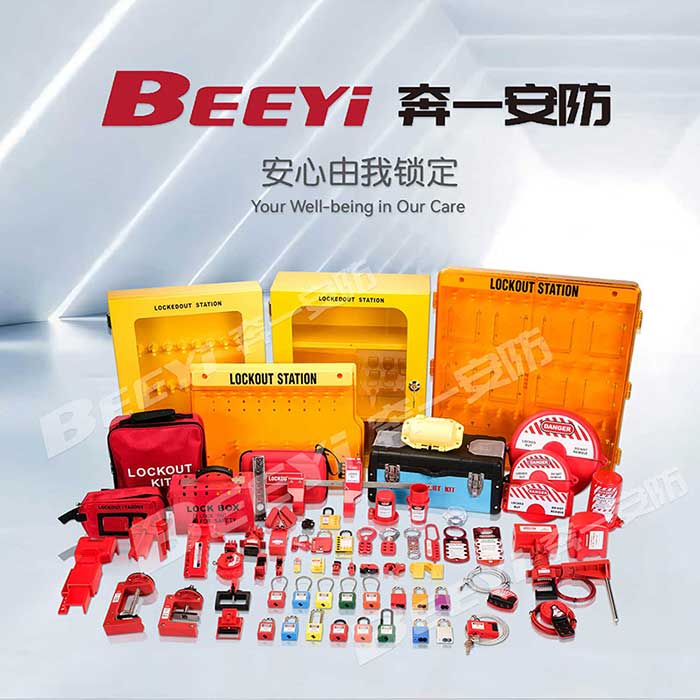In any industrial setting, worker safety is a paramount concern, particularly when it comes to the operation and maintenance of heavy machinery and equipment. One critical safety procedure is the lockout/tagout system, which is designed to prevent the accidental startup or release of hazardous energy during maintenance and repair work. At the core of this system are equipment lockout tags, which play a vital role in ensuring that workers remain protected while servicing machines. These tags are often the first line of defense against potential accidents, and their proper use can significantly reduce the risk of injuries in the workplace.

What Are Equipment Lockout Tags? An equipment lockout tag is a safety device used in conjunction with a lockout mechanism to communicate that a machine is undergoing maintenance or repairs and should not be operated. The tag itself is a physical label that is attached to the equipment, typically using a durable material like plastic or metal, designed to withstand the harsh conditions of industrial environments. These tags are usually brightly colored, often red or yellow, to ensure high visibility. The tag provides clear instructions and warnings about the locked-out equipment, including who performed the lockout, when it was done, and why the equipment is out of service. This serves as a reminder to workers not to operate the machine until the proper release procedures are followed.